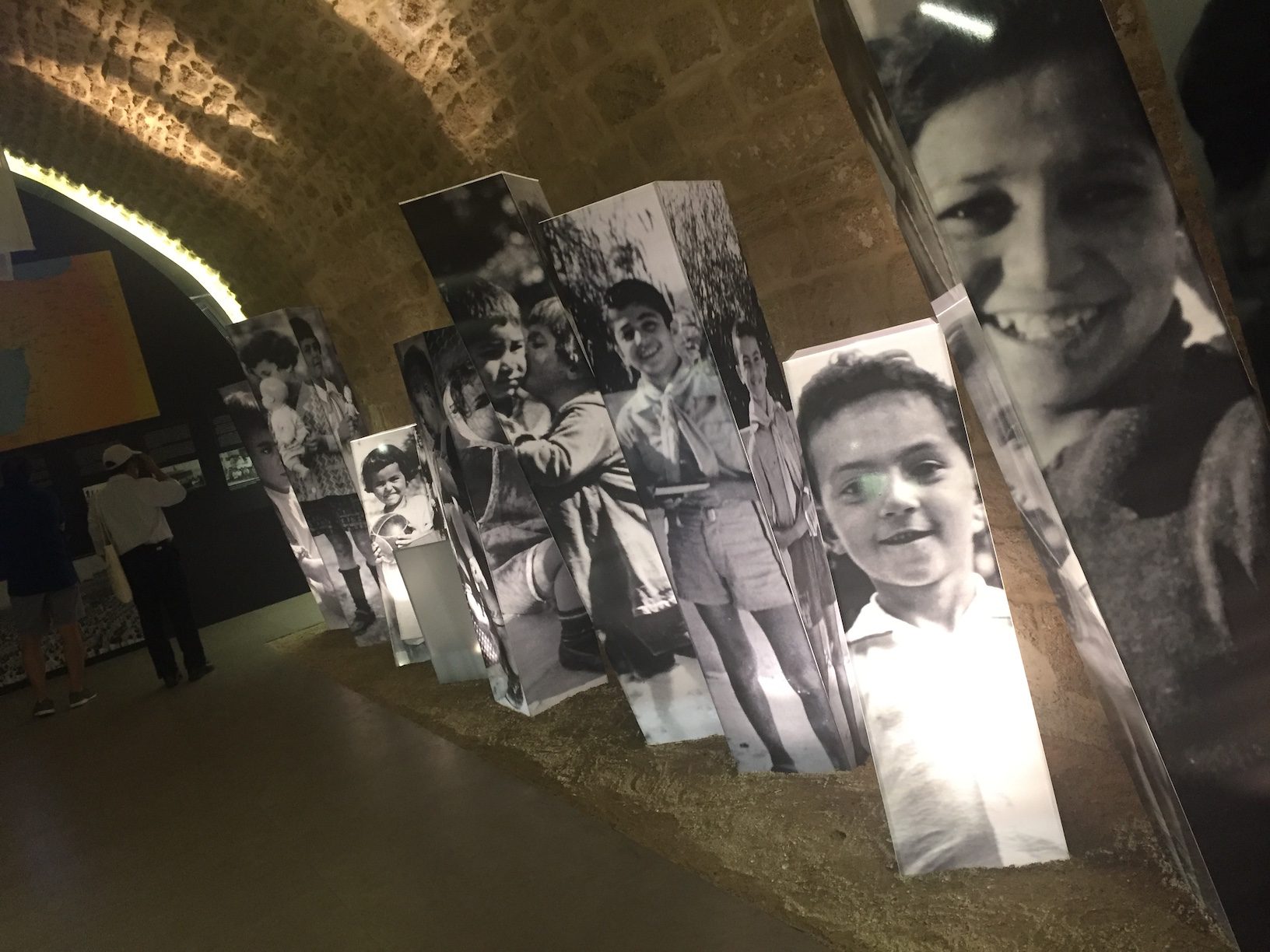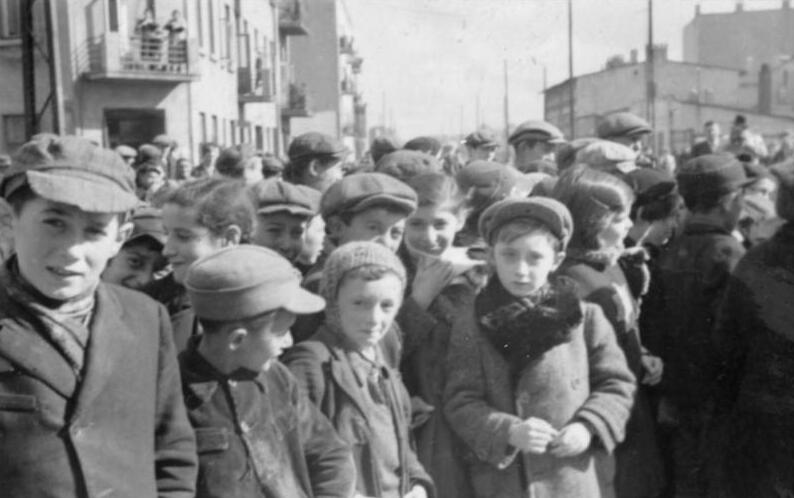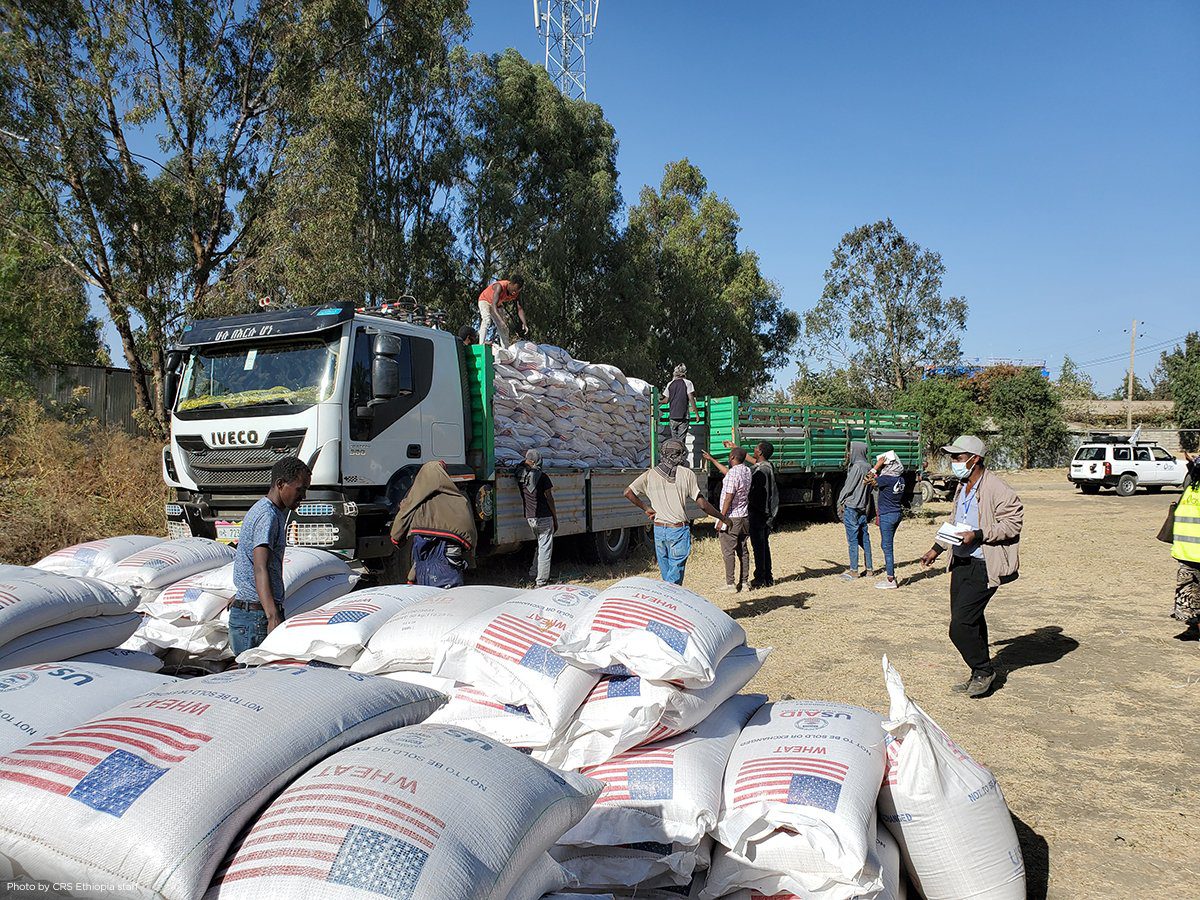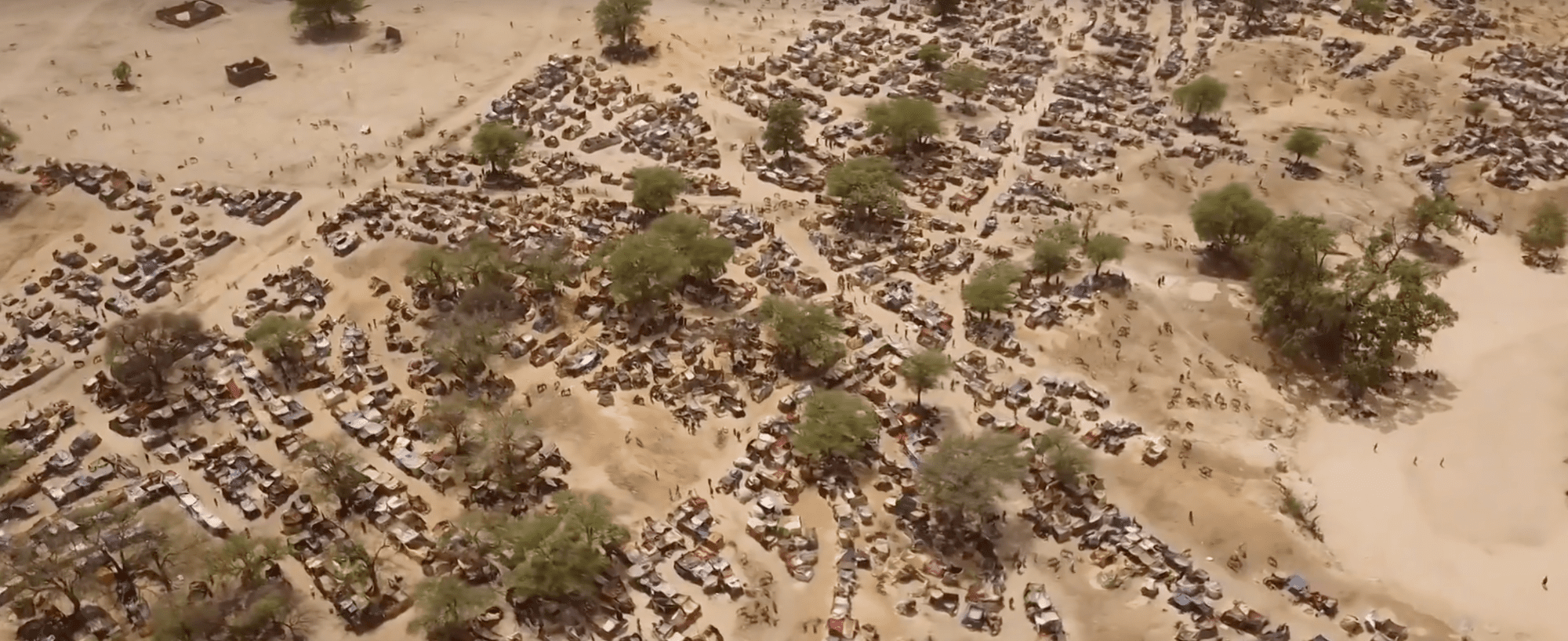It was our first time in Lebanon. My daughter Anoush, a graduate student in anthropology at UCLA, and I were having breakfast with a Turkish friend, a scholar of the late Ottoman Empire, in Beirut’s beautiful Hotel Bristol. We mentioned that we were planning to visit Jbeil (Byblos) that day to see the old Crusader citadel. Always a lively fellow, my colleague suddenly brightened up even more and insisted that we go to the museum of the Armenian orphans, which is located just next door to the old Souk and the castle. We agreed to ask our guide to take us there.
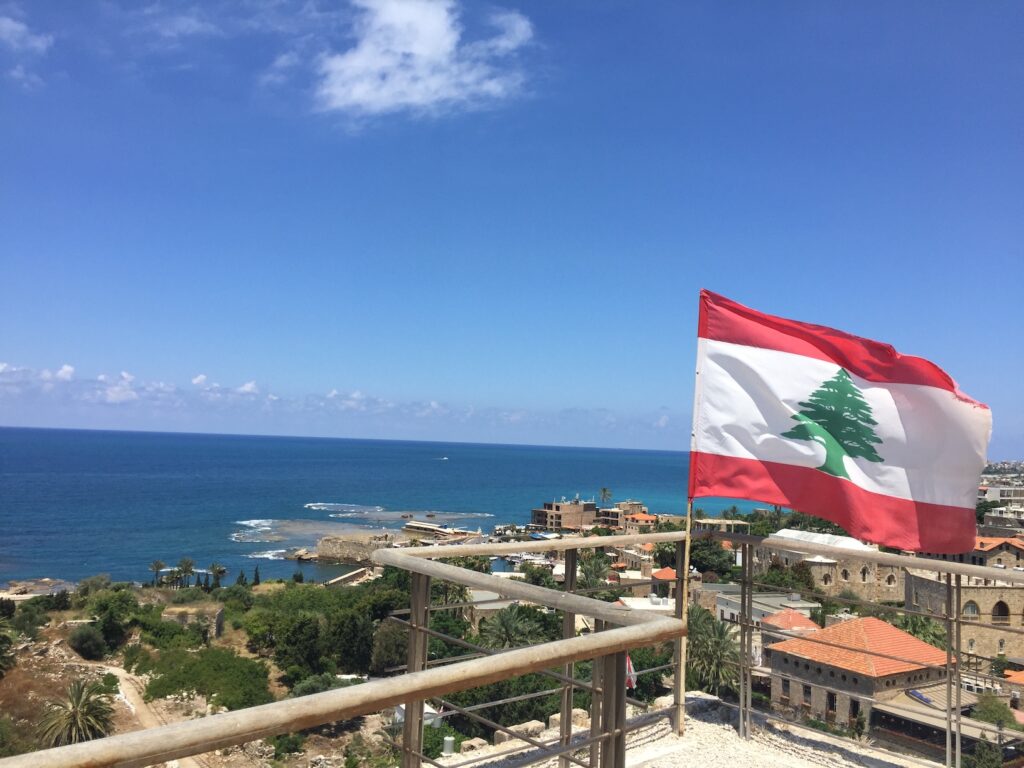
His recommendation proved to be a revelation. The Armenian Genocide Orphans “Aram Bezikian” Museum, as it is officially designated, is a world-class museum of the colossal tragedy that the Armenians of the Ottoman Empire suffered in 1915-1916. One enters up an outside ramp lined with delicate statues of orphan children with their bowls waiting to be fed. A sad Armenian song plays. Inside the old, now reconstructed, building the excellent exhibits depict the story of the Young Turk government (1908-1918) and its decision to annihilate the millions of Ottoman Armenians, whom they perceived as an existential threat to their rule and to the empire itself. As one walks through the galleries, the consequences of Istanbul’s decision are graphically presented. Having told that story in my book– “They Can Live in the Desert But Nowhere Else.” A History of the Armenian Genocide (Princeton University Press, 2015) – I can testify that the history explained in the exhibitions was accurate and compelling in its visual representations. But the museum goes on to tell what happened after hundreds of thousands, perhaps a million or more, people died from mass killing, forced marches, and starvation. Here were the tens of thousands of orphans, their parents no longer able to care for them. Rescued by missionaries, many of them ended up in Lebanon and Syria and survived though the kindness of strangers.
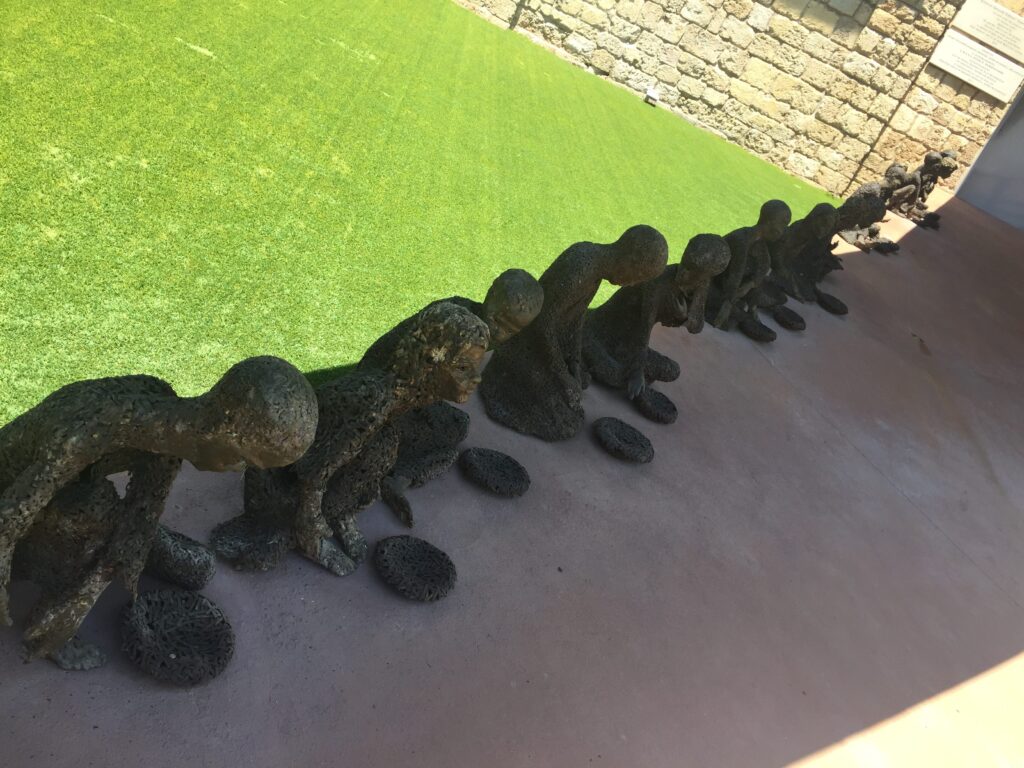
Known as the “Bird’s Nest,” (Trchnots Puyn in Armenian) the original buildings of the site were the home and orphanage run by the Danish missionary Maria Jacobson. She is buried just outside the museum, and her office makes up the last exhibit. The museum itself was inaugurated by Aram I, the Armenian Catholicos of the Great House of Cilicia, in 2015. Aram Bezikian, whose family funded the museum, was one of the thousands of Genocide survivors who were raised in the orphanage.
This is not a museum for Armenians alone, though as Armenian Americans, Anoush and I lingered here longer perhaps than most visitors. The power of the space, the solidity of the building, and the resonance of the pictures, documents, films, and artifacts have lasting effects on those who come here. Although the efforts of pseudo-historians and the Turkish state have attempted to deny and distort what happened to the Armenians, memories of the past cannot be erased. They remain here both in stone and light and in the minds of those who pass through these halls.
